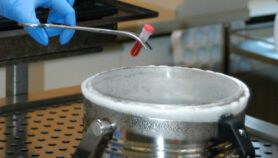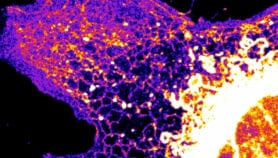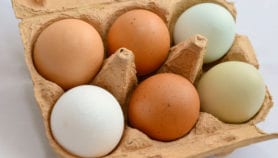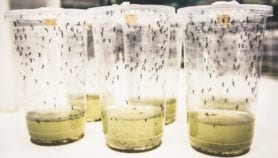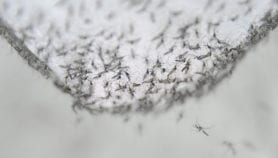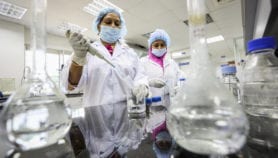Send to a friend
The details you provide on this page will not be used to send unsolicited email, and will not be sold to a 3rd party. See privacy policy.
Cassava roots, native to Brazil but found throughout the developing world, are a staple food for more than 800 million people living in the tropics. The plant is world’s third largest source of calories but it is poor in nutrients other than carbohydrates — lacking in protein, vitamins and iron.
"Cassava should be a high priority for agricultural science," say Nagib Nassar, agronomist from the University of Brasilia, Brazil, and Rodomiro Ortiz, agronomist from the International Maize and Wheat Improvement Center, Mexico.
Nassar and Ortiz have been breeding more productive and nutritious varieties of cassava, which could be used by farmers in developing countries. Nassar collected many wild cassava species from across Brazil, eventually creating a live cassava "library of useful traits".
Their team mainly uses selective breeding between different strains of cassava, or between cassava and its wild relatives, to get these useful traits into crops that people grow and eat.
Using this ‘hybrid technology’, the team has so far created a variety of cassava root with five per cent protein content, compared with the usual 1.5 per cent. The scientists have also bred a plant with 50 times as much beta-carotene — an important source of vitamin A — as typical cassava.
"Cassava could grow four times as plentifully and feed many more people," say Nassar and Ortiz. The recent sequencing of the cassava genome will assist traditional breeding techniques, they add (see Cassava sequence unravelled).



